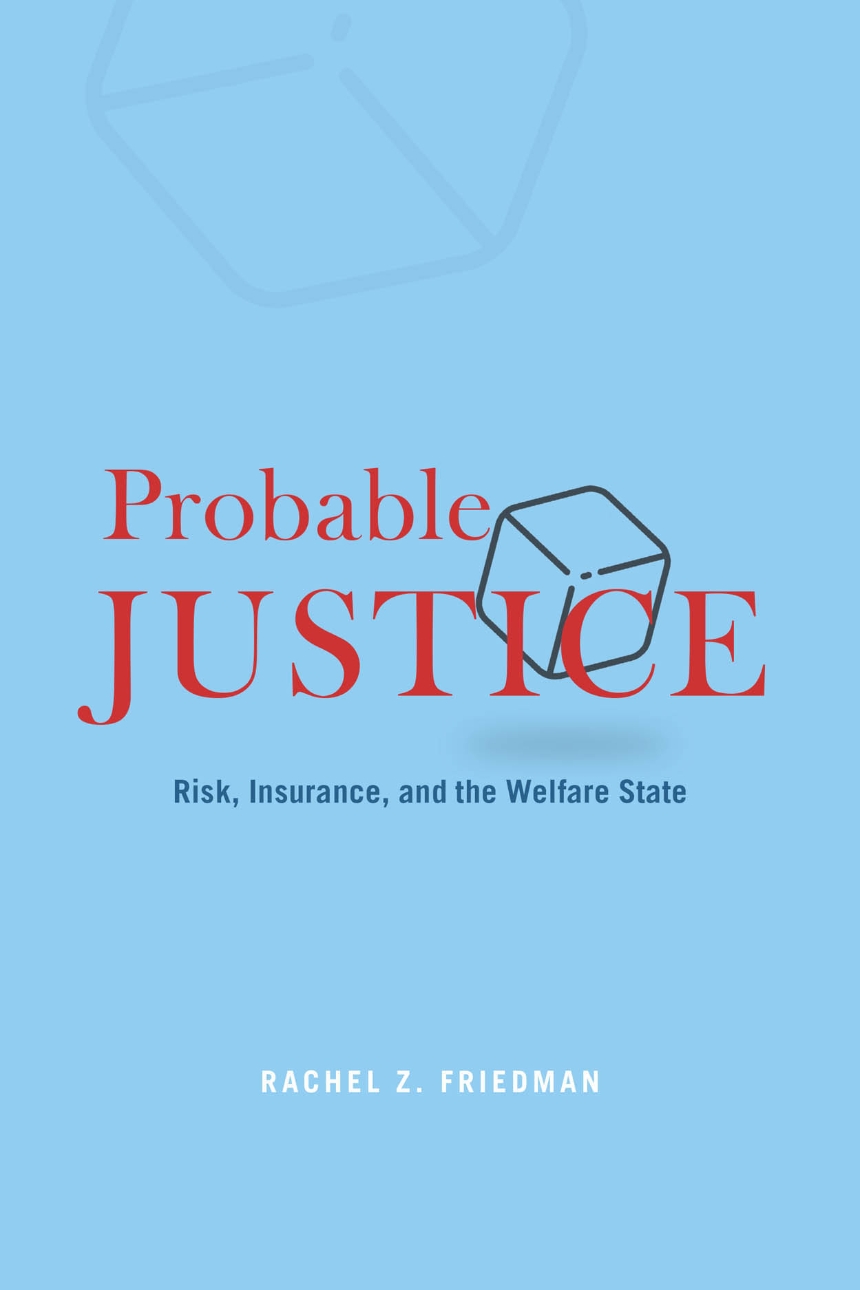Probable Justice. Risk, Insurance, and the Welfare State
This book is a review of the role of social insurance, from mutual insurance to the development of current welfare policies. Too often we forget that we have our public coverage of risk as the efficient solution for an intractable issue at individual level.
Key take-aways from last chapter:
I have advanced three principal claims about probability theory and its relationship to welfare thinking. The first is that mathematical probability is frequently, if not inherently, normative in its character. We saw that the very project of quantifying probabilities grew out of a moral and legal question, namely the need to apportion fair shares in an interrupted game of chance. Each subsequent account of probability has in turn both reflected and furthered the practical aims of its exponents. This should not be surprising, given that the discipline is at its core an attempt to guide good judgment and quantify equality, both of which are normative efforts, closely linked to views about the ends of human action and justice broadly understood.
The second claim, which follows from the first, is that theorists of mathematical probability have long tried to reconcile individual choice with some account of the common good. Not long after the founding of the discipline, probabilists began to recognize a potential disconnect between personal prudence, or common sense, and contractual fairness as defined by their calculations. Many subsequent contributions to the theory attempted to resolve this problem in its various forms. Each account had a different character and resulted in different proposals. Yet they shared the promise of harmonizing individual judgments with aggregate regularities, which respectively correspond to the two sides of probability itself.
Finally, I have argued that the answers to this problem that emerged in connection with probability theory, from roughly the end of the eighteenth century through the twentieth, played a crucial role in the development of the modern welfare state. Statistical insurance was the first practice in which philosophers of probability sought, and in their view found, the means to reconcile individual benefit with a common good. The application of insurance principles on a social scale therefore promised to extend such harmony well beyond isolated associations to the polity as a whole. Insurance would refl ect the free choices of individuals while simultaneously securing social order. It would give each citizen her due while promoting the aggregate benefit. And it would distribute resources on the basis of both personal responsibility and equal vulnerability or need, accommodating the two principles without clearly favoring either one.
And a reflection,
Any book about social insurance must address, at least briefly, the most pressing political controversies surrounding the welfare state today: namely, the problem of finance and the question of personal responsibility. If at one point the rubric of insurance invoked an image of fi scal restraint, promising to limit what the state distributes to the amount that it collects in contributions, the welfare state has come to be identifi ed among critics with out- of- control spending and government debt. And if mutual insurance was originally touted as a reflection of prudence and a means to propertied independence, it is now commonly associated with what economists refer to as moral hazard, meaning the encouragement of risky and expensive behaviors, as well as dependence on the state. It is true that, in most advanced welfare states, social expenditures increased over the course of the twentieth century, not only in absolute terms but also as a percentage of gross domestic product. Some scholars have explained this phenomenon as a product of Wagner’s Law, which predicts that the share of government spending relative to GDP will increase with rising incomes. As citizens grow wealthier and live longer, this argument goes, they will increasingly seek out the kind of quality- of- life improvements provided by the risk- pooling and consumption- smoothing functions of the welfare state, including healthcare, pensions, and education.
